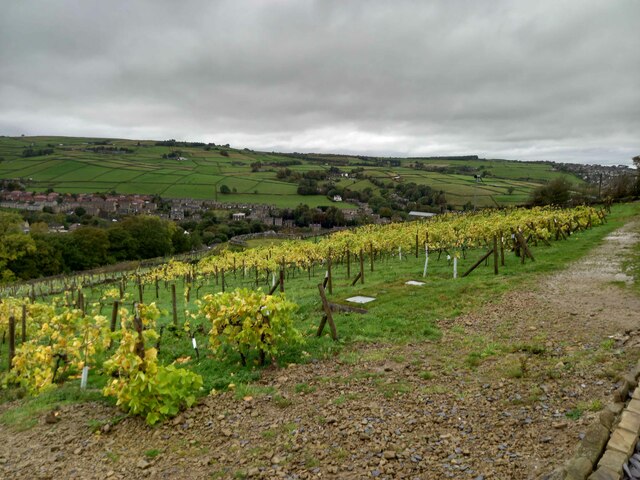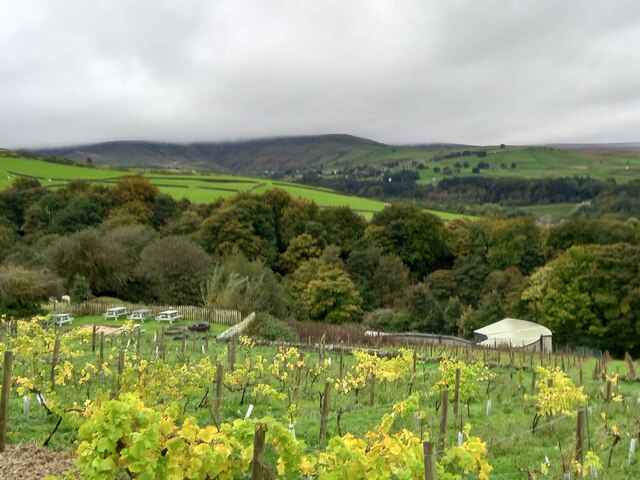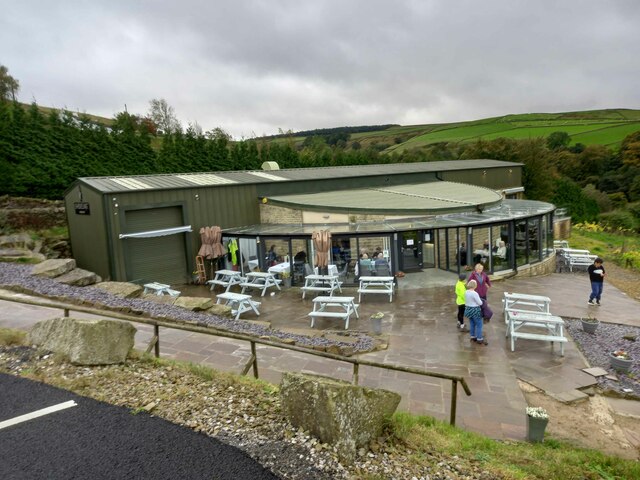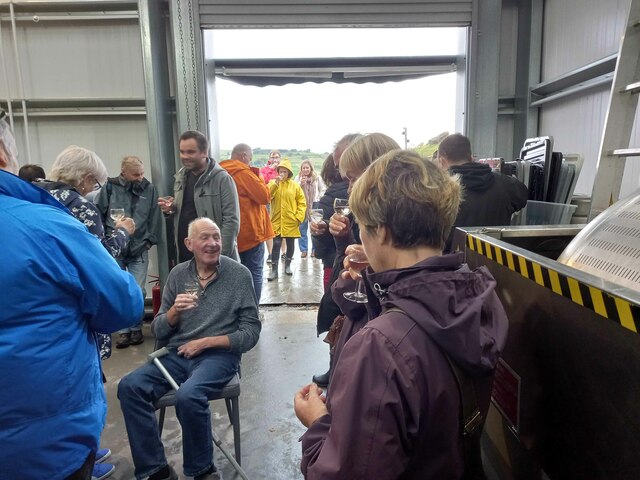Arrunden
Settlement in Yorkshire
England
Arrunden
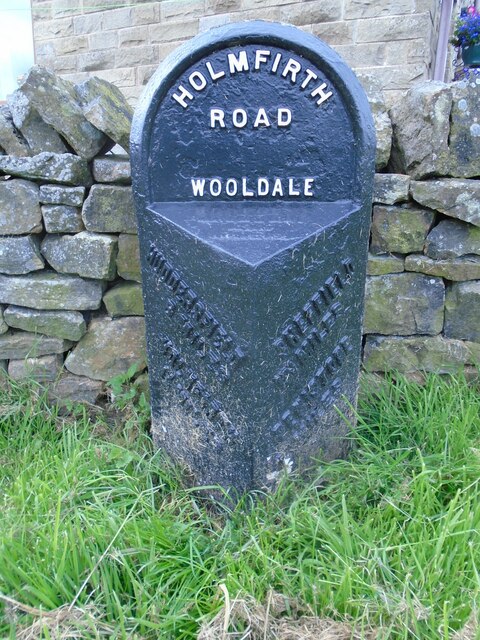
Arrunden is a small village located in the county of Yorkshire, England. Situated in the picturesque countryside, it is nestled amidst rolling hills and lush green fields. The village is known for its tranquil and idyllic setting, offering residents and visitors a peaceful retreat from the hustle and bustle of city life.
With a population of around 500 residents, Arrunden has a close-knit community that prides itself on its strong sense of community spirit. The village is characterized by its charming, well-preserved stone houses and traditional architecture, giving it a timeless appeal.
One of the notable landmarks in Arrunden is the St. Mary's Church, a beautiful medieval church that stands as a testament to the village's rich history. The church is renowned for its intricate stained glass windows and ornate interior.
Arrunden offers ample opportunities for outdoor activities, with numerous walking trails and cycling routes meandering through the surrounding countryside. The nearby Arrunden Reservoir is a popular spot for fishing and birdwatching, attracting nature enthusiasts from far and wide.
Although Arrunden may be small in size, it boasts a vibrant community spirit and is known for hosting various local events and festivals throughout the year. The village also has a couple of quaint pubs and a village shop, providing essential amenities for its residents.
In summary, Arrunden is a charming and peaceful village in the heart of Yorkshire, offering a delightful escape for those seeking a slower pace of life and a close connection to nature.
If you have any feedback on the listing, please let us know in the comments section below.
Arrunden Images
Images are sourced within 2km of 53.553589/-1.791663 or Grid Reference SE1306. Thanks to Geograph Open Source API. All images are credited.

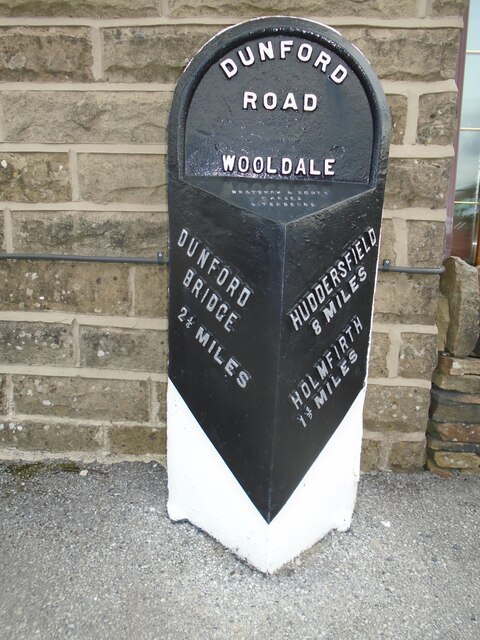
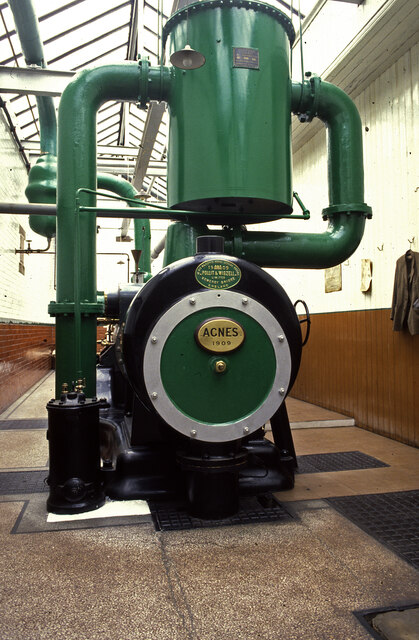
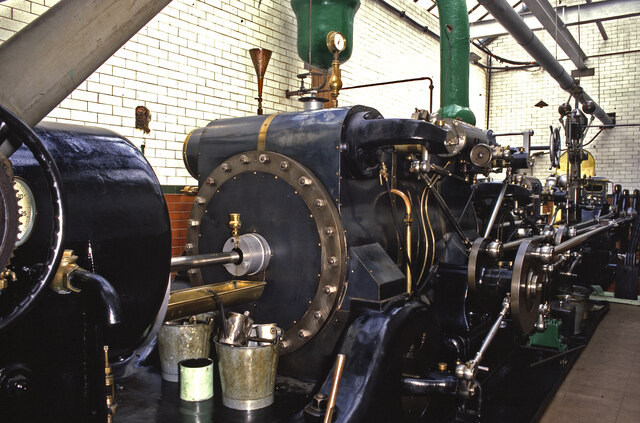
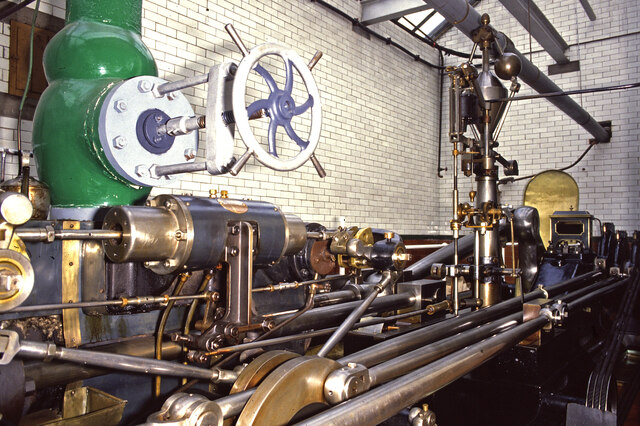
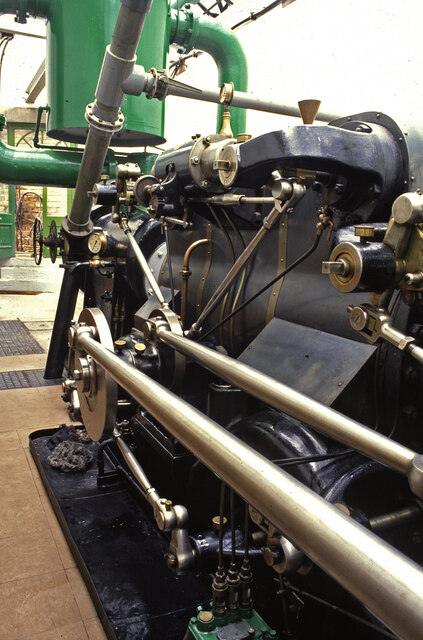
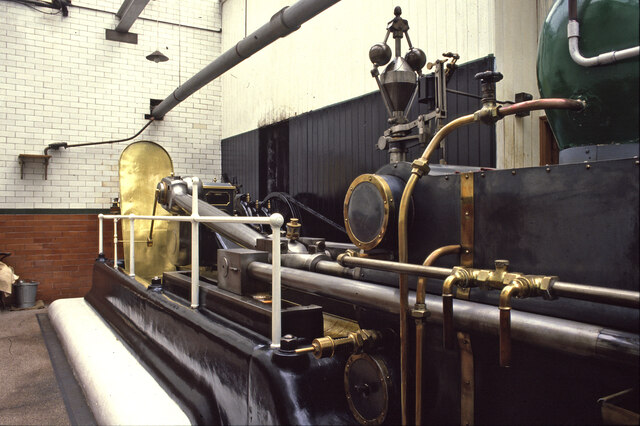
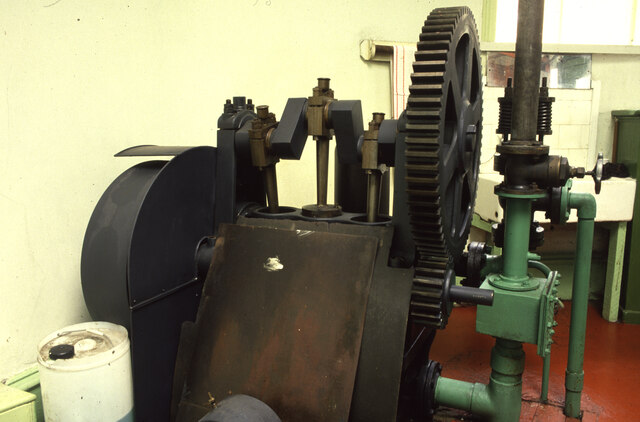
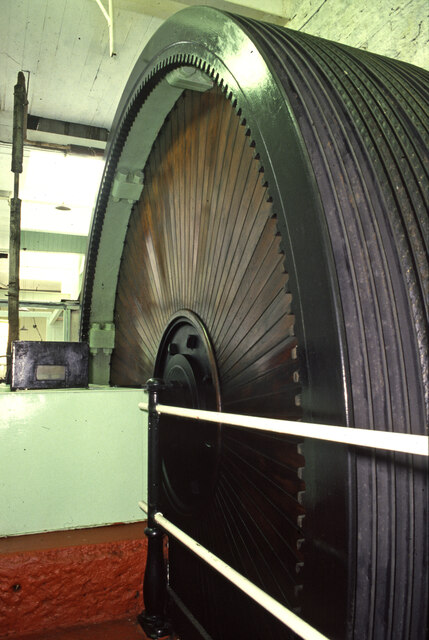
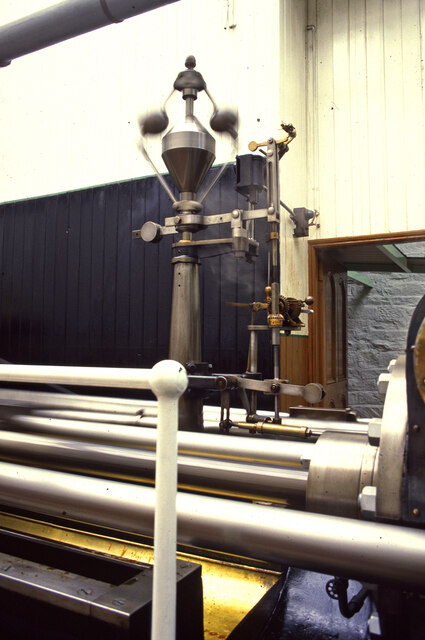
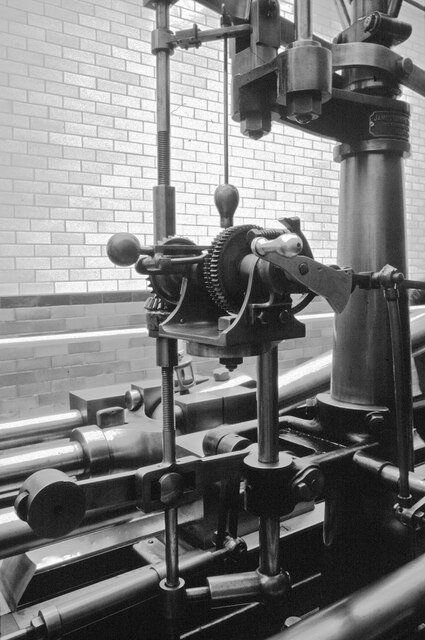
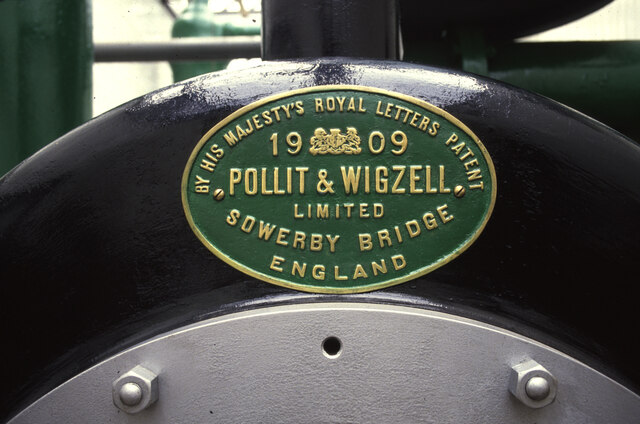
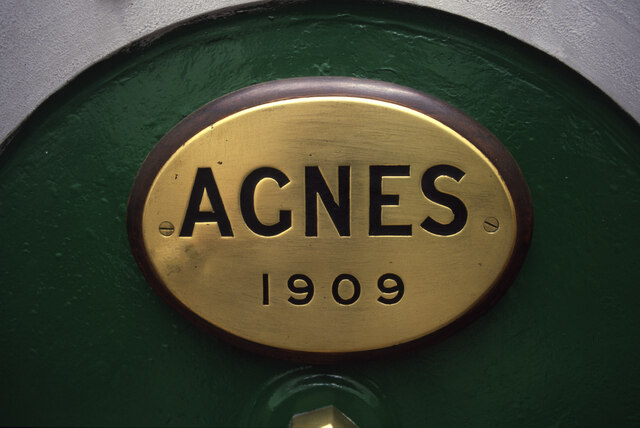
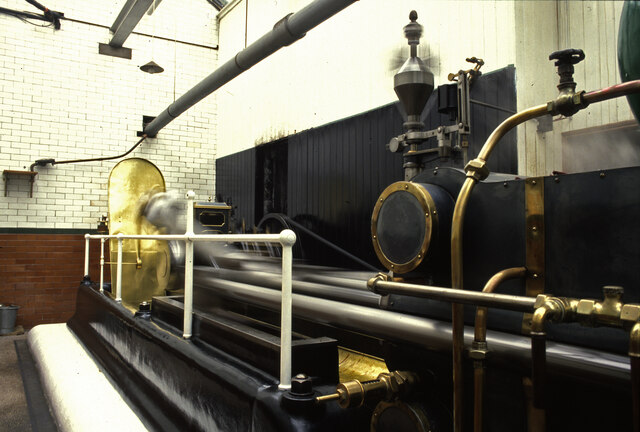
Arrunden is located at Grid Ref: SE1306 (Lat: 53.553589, Lng: -1.791663)
Division: West Riding
Unitary Authority: Kirklees
Police Authority: West Yorkshire
What 3 Words
///dissolves.cages.pictures. Near Holmfirth, West Yorkshire
Nearby Locations
Related Wikis
Arrunden
Arrunden is a hamlet in the civil parish of Holme Valley, West Yorkshire, England. It is located 1.3 miles (2.1 km) south-southwest of Holmfirth. ��2...
Lane, West Yorkshire
Lane Village is a small hamlet 3 miles (4.8 km) southwest of Holmfirth and approximately half a mile southwest of Holme Village on the A6024 Woodhead Road...
Hade Edge
Hade Edge is a small village to the south of Holmfirth and southeast of Hepworth in West Yorkshire, England. It is in the parish of Holme Valley and the...
Burnlee
Burnlee is a village in the Holme Valley in Kirklees, West Yorkshire, England. It is bordered by the settlements of Holmfirth, Upperthong and Hinchcliffe...
Moxon Huddersfield
Moxon Huddersfield Ltd is a high-end British textile manufacturer of luxury worsted and woollen suiting fabrics. It is located at Yew Tree Mills, Holmbridge...
River Ribble, West Yorkshire
The River Ribble is a minor river running through the town of Holmfirth in Kirklees, West Yorkshire, England. Rising at the outflow of Holme Styes Reservoir...
Holmfirth
Holmfirth () is a town in the Metropolitan Borough of Kirklees, West Yorkshire, England. It is located 6 miles (9.7 km) south of Huddersfield and 14 miles...
Holy Trinity Church, Holmfirth
Holy Trinity Church, Holmfirth is an Anglican church in the town of Holmfirth in West Yorkshire, England. Holmfirth's chapelry historically covered townships...
Nearby Amenities
Located within 500m of 53.553589,-1.791663Have you been to Arrunden?
Leave your review of Arrunden below (or comments, questions and feedback).
